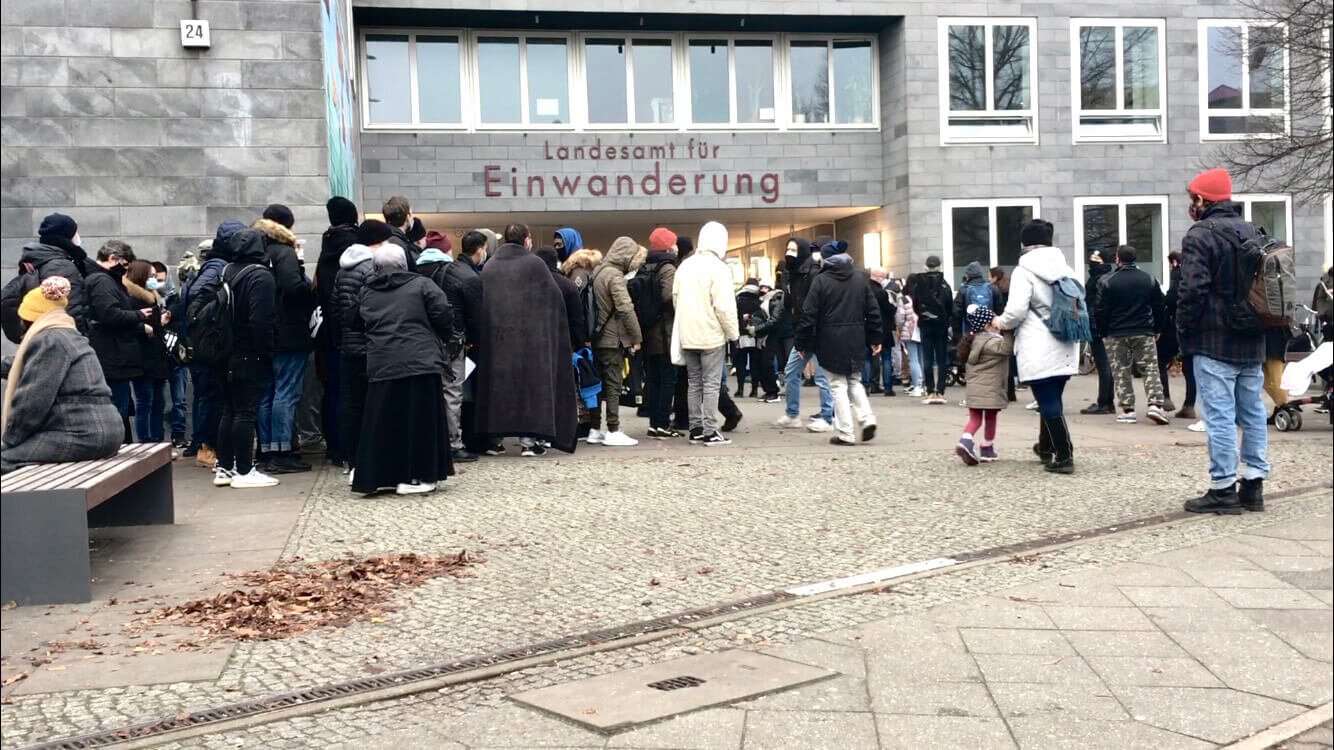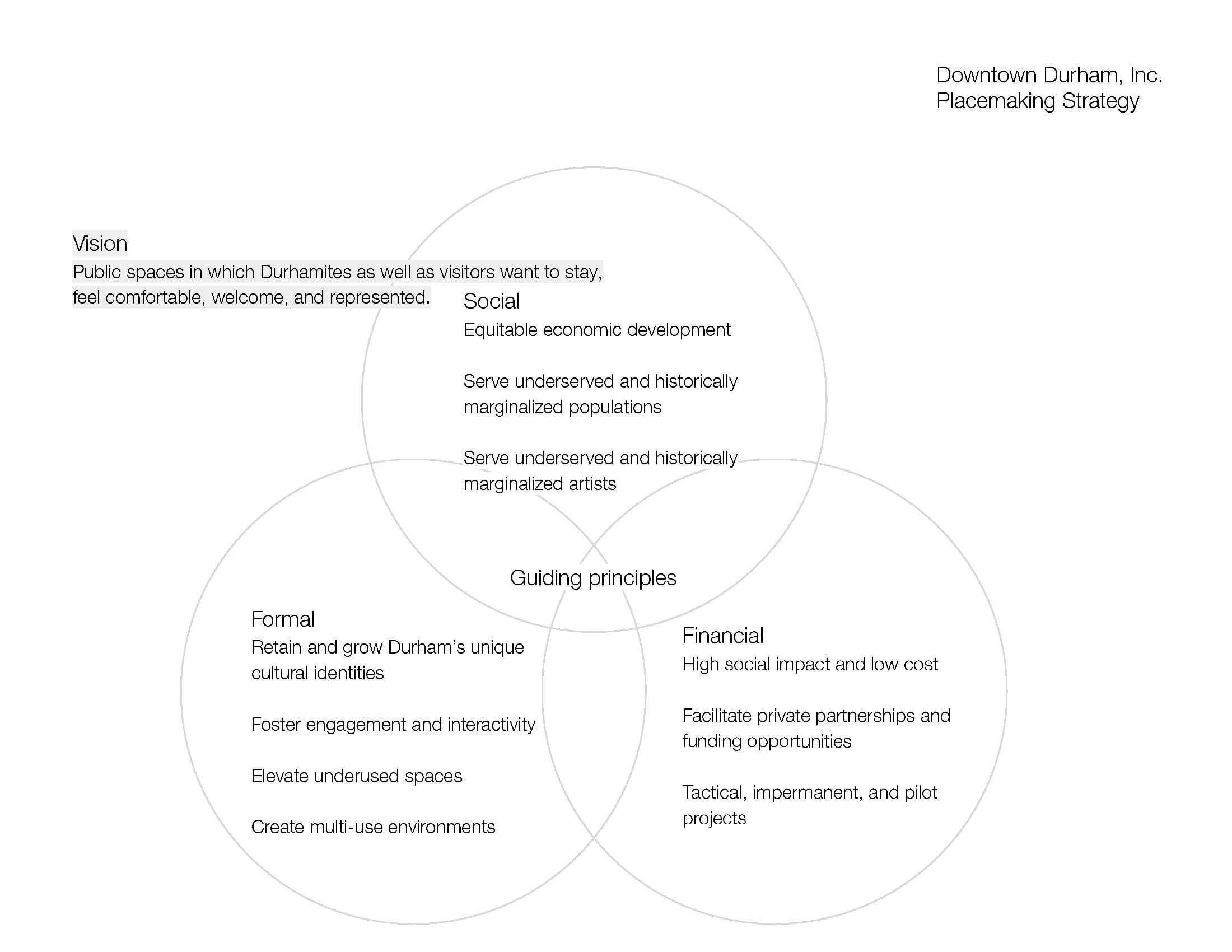Proposal: Willkommenskul[p]tur
is a proposed public art project that would embody “welcome culture,” and reimagine the immigration office experience.
Context
Willkommenskultur [“welcome culture”] was a term originally coined by politicians to attract skilled immigrant workers to sparsely populated areas of Germany, but in 2015 it was co-opted as a rallying cry to represent and encourage the wave of support for newly arrived immigrants and refugees. As a modern tenet of German identity, pride in welcoming immigrants led to widespread scenes of Germans handing out food and water, or greeting trains of refugees.
Although the Willkommenskultur fervor was stoked by government officials, the welcoming efforts were largely driven by volunteers and private citizens.
1 in 4 people in Germany (26%) has either immigrated to Germany themselves, or is the child of an immigrant - also referred to as having a migration background (Migrationshintergrund). Germany is the second most popular immigration destination in the world.
The capital, Berlin, is home to immigrants from more than 190 nations, with 21% of the population composed of first-generation immigrants. It is estimated that by 2040, people with a migration background in German urban spaces could be between 65%-70%.
While Berlin’s residents and policy makers are among the most progressive in the country, according to policy researchers, Berlin’s migration system is one of the least functional of the German states.
At the State Office for Immigration in Berlin-Mitte, serving asylum seekers and family reunification, it is notoriously difficult to get an appointment. In the Fall of 2020, the office was open just one day a week. One could observe crowds of visa applicants lining up every Thursday morning starting at 3 AM, to wait until the office opened at 7 AM, in the hopes of securing a rare but vital appointment.
The office building is located on a windy canal, next to a busy overpass, in an industrial area. Interviewed applicants expressed their discomfort due to the cold and the lack of public restrooms.



Process and Intervention
Willkommenskul[p]tur explores solutions to ease the immigration office experience, leveraging the culture of welcoming to offset the discomfort of bureaucratic process. The work aims to infuse this unsympathetic space with the welcome the German public has fostered, while inviting contributions to the cultural playbook.
Hospitality is a value sacred to many of the cultures flocking to Berlin. With cues derived from the diverse Migrationshintergrund population, applicants at the visa office could experience the hospitality of the rich, hybrid culture that they contribute to.
Based on interviews, applicants’ primary logistical challenges were the lack of public facilities and the extreme cold. This project would commence by addressing these concerns.
First, temporary restrooms would be installed.
Second, hot drinks and food would be offered. Tastes and smells of various nations would invite feelings of comfort and discovery.
The third phase of the project would include performance, installation, and documentation elements.
A moving company would pull up to the line waiting in front of the Immigration Office and unload borrowed or purchased furniture from Berlin's immigrant communities. This furniture would allow those waiting to make themselves comfortable. Berlin-based audiovisual artists would document the process and interview applicants, focusing on their lived experiences and how they would improve the immigration system.
The intervention would be repeated over a period of days, recontextualizing a threatening space into one of comfort and home, while demonstrating a composite Willkommenskultur.
Documentation and interviews would contribute to further recommendations and proposed interventions to improve the immigration experience.
Proposed Installation Location:
Landesamt für Einwanderung, Friedrich-Krause-Ufer 24, 13353 Berlin




![Public Art: Fügung des Schicksals [Twist of Fate]](https://images.squarespace-cdn.com/content/v1/611c4a9feab4d91413c4ae77/65cfd2d0-c30d-436d-982d-5321a56a1dcd/RSteinWexler-F%C3%BCgung-des+Schicksals-Twist-of+Fate.jpg)
![Public Art: Wahlfamilie [Chosen Family]](https://images.squarespace-cdn.com/content/v1/611c4a9feab4d91413c4ae77/656a9772-01f9-4ef2-8bae-2bcc1c87a863/RSteinWexler-Public-Art-Wahlfamilie-Chosen-Family.jpeg)


![Proposal: Willkommenskul[p]tur](https://images.squarespace-cdn.com/content/v1/611c4a9feab4d91413c4ae77/1629617643536-EVZ02Z8DZ7OT9EN54XE0/Stein-Wexler-Willkommenskultur-Public-Art-Proposal-Immigration-Welcome-Culture.jpg)





